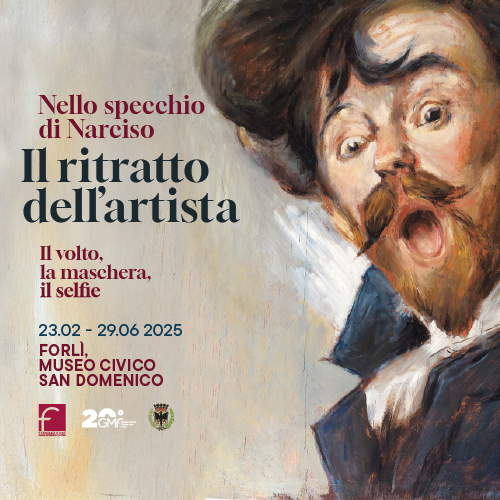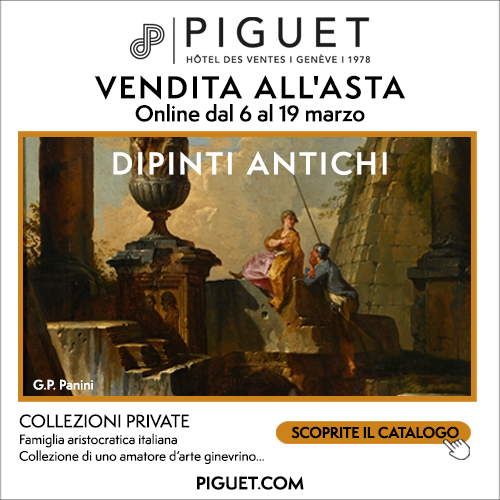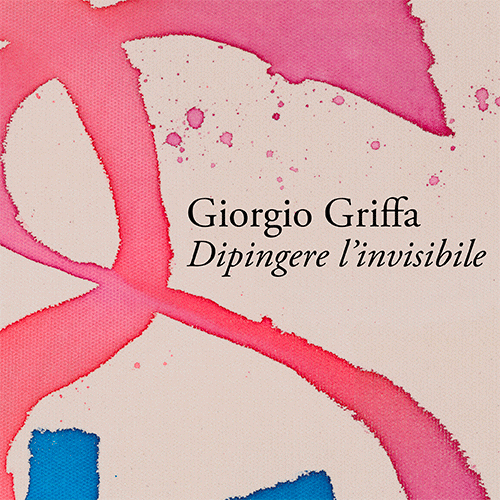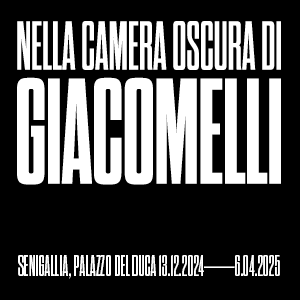Colosseum and Petra twinning: agreement to strengthen cultural and tourism cooperation
Rome and Petra recently signed a twinning agreement that promises to strengthen cultural, tourism and economic relations between the two World Heritage sites. The twinning in particular is between the Colosseum Archaeological Park and thePetra Authority, which under the respective leadership of Alfonsina Russo and Fares Braizat have decided to join forces to enhance their priceless cultural heritage, promoting a deep dialogue between the two institutions. A step that could also have positive repercussions on international tourism, bringing visitors even closer to these two ancient and universal wonders.
The agreement, which was formalized in recent weeks, is part of a broader context of international cultural policy, with the intention of creating a synergy that could lead to all-round cooperation, not only at the tourism level, but also through cultural events, exchanges of experiences and sharing of best practices for heritage preservation. With this twinning, the two sites aim to expand their impact, increasing mutual visibility and amplifying their global attractiveness.
Signing the important agreement were, as mentioned, Fares Braizat, Chief Commissioner of the Petra Authority, and Alfonsina Russo, Director General of the Colosseum Archaeological Park, in the presence of numerous authorities and institutional figures. The Italian Minister of Culture, Alessandro Giuli, attended the ceremony, stressing how the agreement fits perfectly into the Italian government’s foreign policy objectives, in line with the guidelines of the Mattei Plan, which aims to strengthen cultural relations between Mediterranean countries. “The signing of the memorandum of understanding with Petra,” Giuli said, “represents an additional value for the two UNESCO World Heritage sites and included in the number of the new 7 Wonders of the World. The possibility of achieving the promotion of mutual cultural values, developing strategies of sharing and enhancement. constitutes a virtuous example to be pursued and maintained in the perspective of international cultural cooperation.”
Giuli highlighted the importance of building cultural bridges and promoting historical heritage as a central element of international dialogue. Italy, as a cultural power, has always been at the forefront in enhancing its heritage, but also in contributing to the preservation of archaeological sites in the rest of the world. The signing of this agreement was seen as a clear manifestation of this commitment.
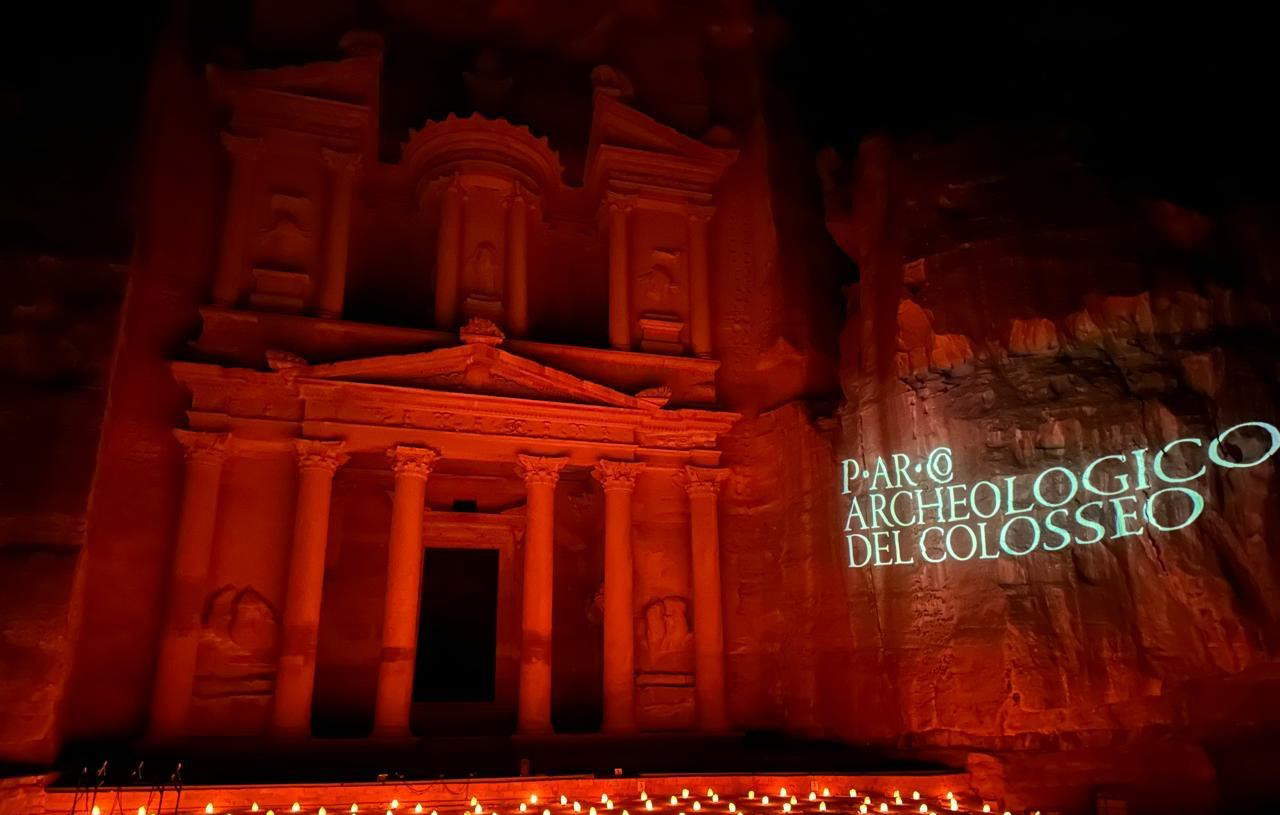
Culture as a tool for dialogue
At the heart of the agreement is the realization that culture is not only an element of historical value, but also a powerful tool for dialogue between peoples. Alfonsina Russo, director of the Colosseum Archaeological Park, stressed that the initiative is part of the desire to strengthen international collaborations. With an average of about 14 million annual visitors, the Colosseum is an ideal place to promote Petra, a site that annually welcomes millions of tourists from all corners of the world. Petra, with its fascinating history and extraordinary rock-cut architecture, is an emblem of man’s ability to create beauty even under the most difficult conditions. Its history, rooted in the Nabataean civilization, is intertwined with that of Rome, another civilization that has indelibly marked the history of humanity.
Fares Braizat, Chief Commissioner of the Petra Authority, highlighted the fact that the agreement represents a unique opportunity for the Jordanian archaeological site, explaining how the agreement will give visitors to the Colosseum the opportunity to discover the beauty of Petra, thanks to the dissemination of promotional materials and videos that will be displayed at the Roman site. The mutual promotion of the two sites could lead to greater awareness of global cultural heritage, strengthening tourist interest in both destinations. In return, Petra will benefit from increased visibility among visitors from around the world, who may be inspired to include Jordan in their future tourist destinations.
The agreement between the two sites is not limited to simple tourism promotion, but includes a series of deeper collaborations. Practical aspects of the agreement include organizing workshops for the conservation of archaeological sites, holding joint cultural events, and exchanging best practices. In addition, mutual visitation programs are planned for staff from the two institutions to improve skills in heritage management and conservation.
One of the most innovative aspects of the agreement is the integration of joint promotional activities. Information materials, videos and brochures about Petra will be presented inside the Coliseum, while introductory videos and other resources about the Coliseum will be displayed in Jordan to create a mutual flow of knowledge and visibility.
 |
| Colosseum and Petra twinning: agreement to strengthen cultural and tourism cooperation |
Warning: the translation into English of the original Italian article was created using automatic tools. We undertake to review all articles, but we do not guarantee the total absence of inaccuracies in the translation due to the program. You can find the original by clicking on the ITA button. If you find any mistake,please contact us.





